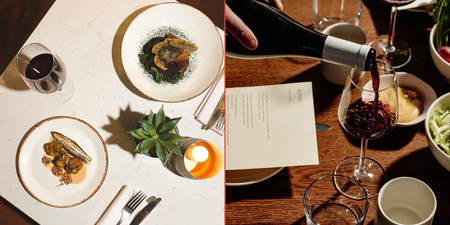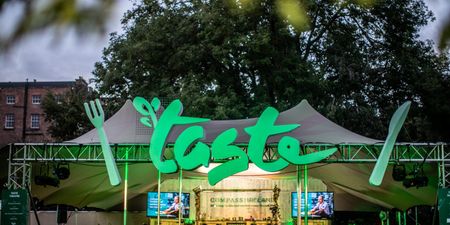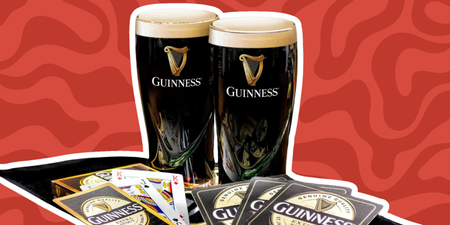When you think of beer production, this is probably what goes through your head: long conveyor belts, robots squirting liquid into glass bottles and huge batches being thrown into trucks.
It’s not a particularly romantic idea — but how does the little guy do it? We’re talking about the independent beer brewers here, those who do the whole process by hand from start to finish.
One such example is the local Five Lamps Brewery. Their original home opened in 2012 in North Strand and took its name from the area’s iconic lamppost.
Maybe you’ve even heard the old-timey insult associated with the landmark: go hang your bollocks off the Five Lamps.
The brewery is certainly doing its best to keep the expression alive…

Moving from strength to strength, Five Lamps eventually moved to their operation to The Liberties… in close proximity to another fairly well-known brewery.
While they started with just one option, the brewery has since expanded its offerings, including Liberties Pale Ale, Monto Red Ale and Blackpitts Porter and Stout.
A lot of hard graft goes into the making and bottling of these bevvies. More than we ever knew.
Until now, that is. Thankfully, head brewer William Harvey took the time to guide us through the process of making a Five Lamps’ beer…
Step 1 — Mashing
This involves mixing the milled malt with hot water in the Mash Tun, to achieve a temperature of 65 to 68 degrees C. Allowing the mash to stand at that temperature for about one hour activates enzymes in the malt and converts the starch into sugar.

Step 2 — Adding sweet worts
Next, the sweet worts — a rich sugary solution — are transferrer to the kettle. The wort is washed out of the bed of grain with hot water; this is known as sparging.
Step 3 — Boiling the kettle
The kettle is then brought to the boil. The first tranche of hops is added to lay down a base bitterness in the beer. This is boiled for 60-90 minutes. Prior to strike off, the second tranche of hops is added to bring its aroma to the brew.

Step 4 — Put aside
The wort is chilled to fermentation temperature and transferred to the fermentation vessel.
Step 5 — Fermentation
The yeast is pitched in and left to ferment for 5-6 days. When the fermentation is done additional hops are added for flavour; this is known as dry hopping.

Step 6 — Cooling
The tank is chilled to zero and the beer is allowed to condition for a couple of days.
Step 7 — Filtration
The beer is filtered from fermentation vessel to the bright beer tank, and from there the beer is racked to bottles or kegs.
Step 8 — Drink up!
The most importation step of all. From tap, bottle or can, you’re ready to enjoy the fruits of honest labour.

Topics:
RELATED ARTICLES
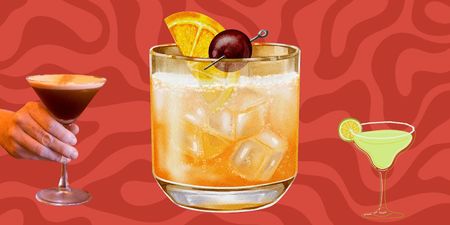

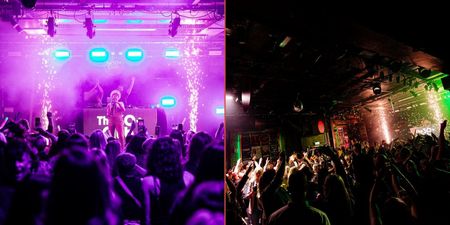

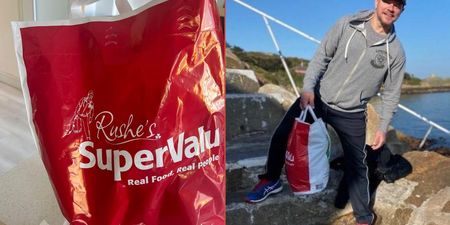

MORE FROM Lovin Dublin


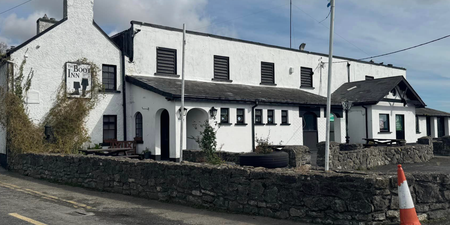
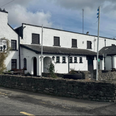
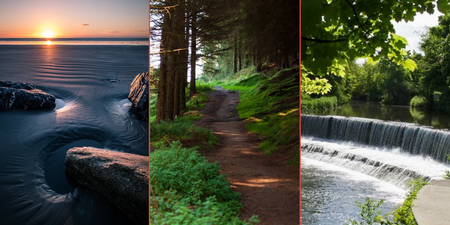



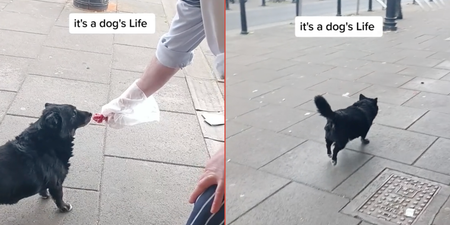
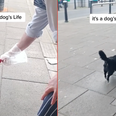


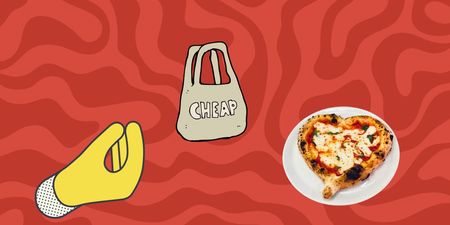

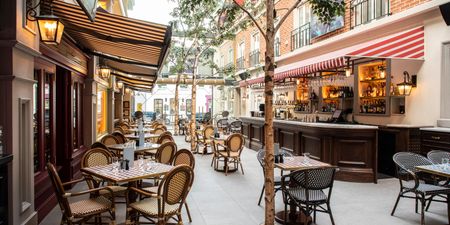

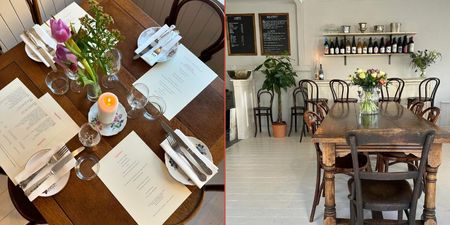



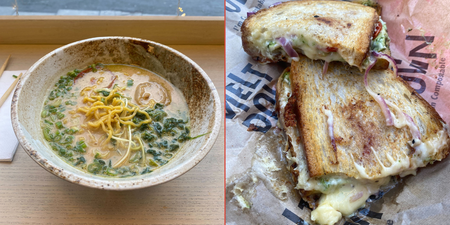
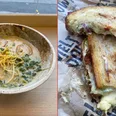
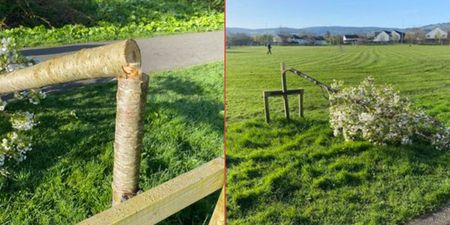

MORE FROM Lovin Dublin
